Technology has revolutionized fencing techniques, one of them being the invisible dog fence. This wireless fence keeps our dogs from straying out of our homes. With only a vibration or beeping sound coming from an activated electric collar, your dog will not go beyond the limits you have set in your invisible fence. But, can it work in the snow? The experts gave us the following information.
Your invisible dog fence will work on snow as long as the power is on. But there are a few factors that you should consider, which include:
- The snowdrifts being higher than that of the signal field
- Your dog testing the system to check if it is down
- Interference with your dog's scent
- Your dog not being able to relate the fence to snow
- The installers burying the fence too deep in the ground
Keep reading to find out how the dog fence works, and if it is effective on the snow. Also, find out what to do when your dog passes through the fence. Finally, understand the pros and cons of this fence to help you decide if you would like to install it in your home.

Is Your Invisible Dog Fence Effective In Snow?
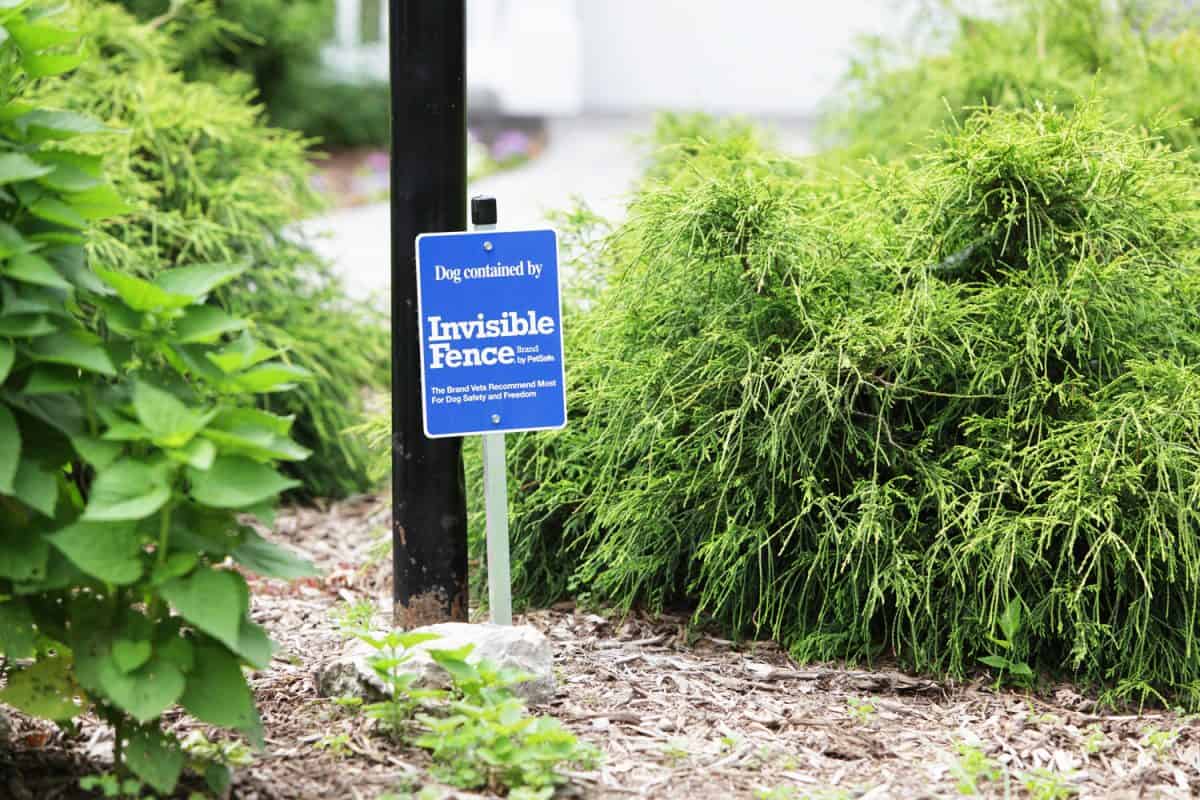
Your invisible fence will continue to work for as long as there is electric power to activate it and your dog’s collar. During winter, however, there are a few factors you may want to consider for your fence to work in the snow.
The Snowdrifts Being Higher Than That Of The Signal Field
If it snows to a point the snowdrifts pile higher than that in the fence system, it may not work. Your dog may not be aware of this unless the dog tests it several times.
In such a situation, turn up your signal so that it is higher than the height of snow. Turn down the signal when the snow melts.
Your Dog Testing The System To Check If It Is Down
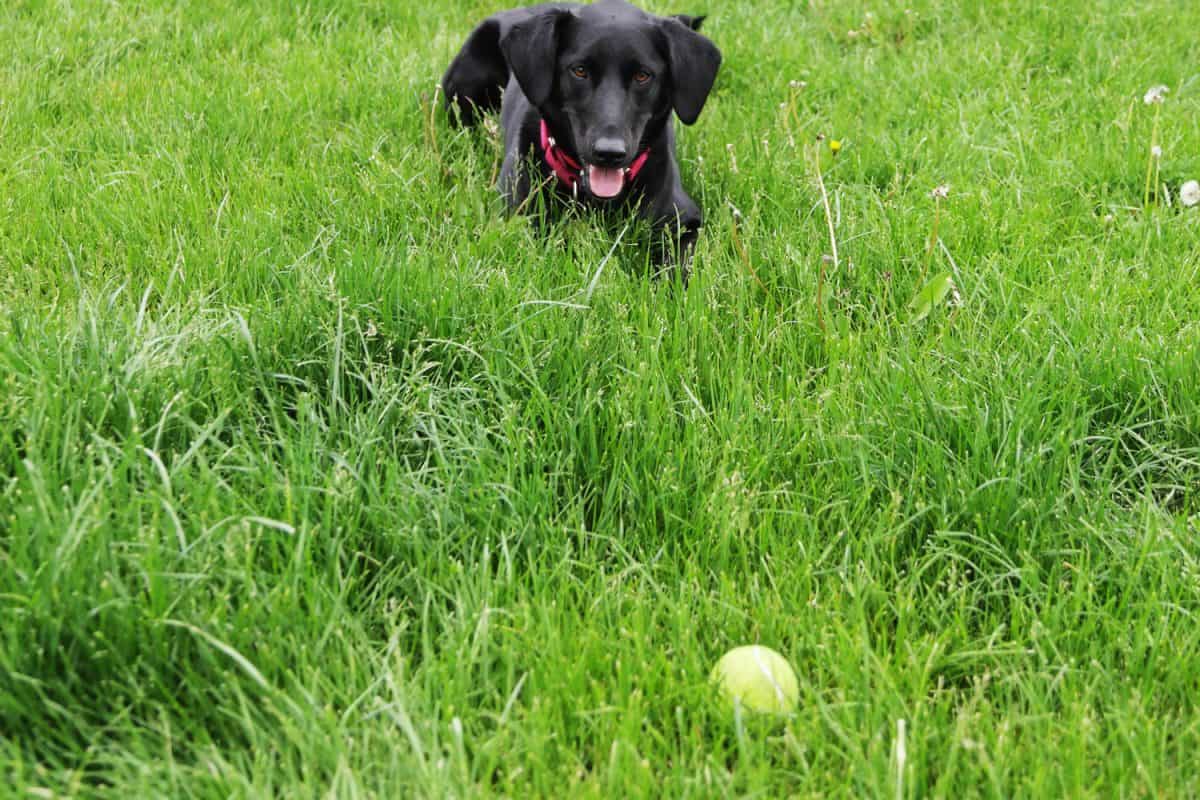
This scenario not only happens when there is snow but also during other seasons as well. Dogs are different, and some will look for a way to venture out despite an invisible fence being in place.
Your dog may find out that sometimes the signal goes missing and may occasionally test to check if the signal is there or not. Once this fact registers in them, they will always be on the lookout, and if the system is down, they are ready to run off.
Other dogs will stay put for as long as they see the flags. They will not venture out of your home whether the system is on or not.
If the power is out at any time, whether during winter or not, you might have to take charge and monitor your dog.
Interference With Your Dog's Scent
Dogs identify things or people with their scents, but the snow can interfere with their scent. Subsequently, your dog may not be able to sense that there is an invisible fence, especially when it stops working.
To mitigate this, you may want to train your dog when there isn’t much snow. This can boost your dog’s scent, and your pet may be able to know there is an invisible fence even when it is not working.
Your Dog Not Being Able To Relate The Fence To Snow
Dogs don't generalize well. For example, a dog will bark when there is a stranger at the front door but will not do so when there is a stranger at the back door.
Similarly, your dog can sense very well that there is an invisible fence during seasons without snow. But, when it snows, your dog may find the environment looks different and will not identify it.
Nevertheless, with training, your dog can tell that there is an invisible fence, whether there is snow or not. You may have to get new boundary flags of a different color like green and place them on the snow around the old signal field.
The Installers Burying The Fence Too Deep In The Ground
Some fence professionals may bury the wires for the fence system too deep under the ground, such that when there is heavy snowfall, the fence will not work.
Typically, the wires should not be buried deeper than 4 to 6 inches. If this is the case, you may have to watch your dog to ensure it does not wander off away from your yard.
Why Do Dogs Run Through The Invisible Fence?
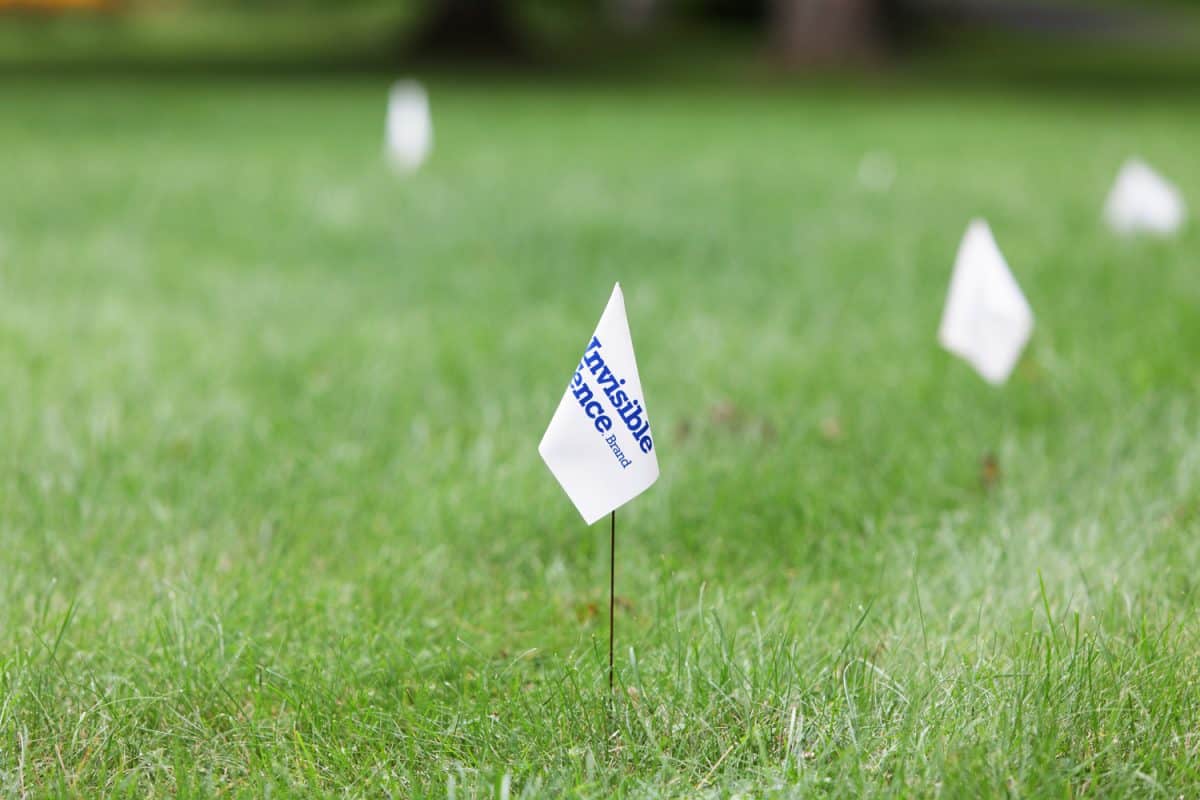
Here are reasons why your dog may run through the invisible fence:
- Distractive noises may cause the dog to forget the barrier of your fence and run through it.
- When you moved to a new residence, your dog may not be familiar with the new area and will not recognize the fence.
- There are dogs that are untrained.
- The system of your fence is faulty.
- Dogs have different genetic makeup, and some may not stay within the limits of the fence.
Despite the above reasons that could cause your dog to pass through an invisible fence, it is important to learn how to keep your dog within the system boundaries.
How To Stop Your Dog From Passing Through The Fence
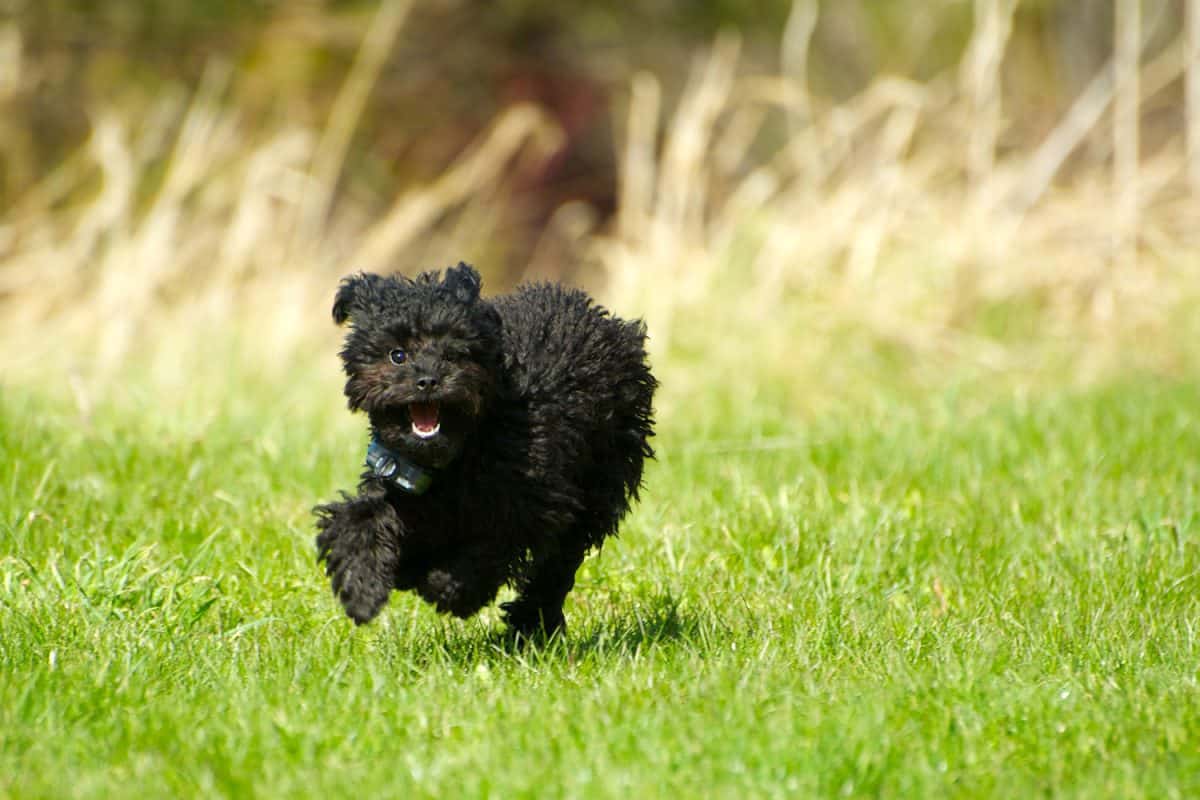
There are solutions that you can incorporate to prevent your dog from exiting the yard of your home. You can try to do the following:
Replace Dog Collar Battery
If the battery in the collar like the Petsafe collar below becomes weak, or you did not install it properly, it will need replacement. Sometimes we rush to fix other parts of the fence, forgetting the battery could have become too weak to relay a signal.
Check out this product on Amazon.
Check The Fence Transmitter
If the battery is fine, next check the fence transmitter like the one below. It's responsible for effectively setting the required limit for your dog. It becomes faulty when the battery does not send out signals, or the range of your transmitter is insufficient.
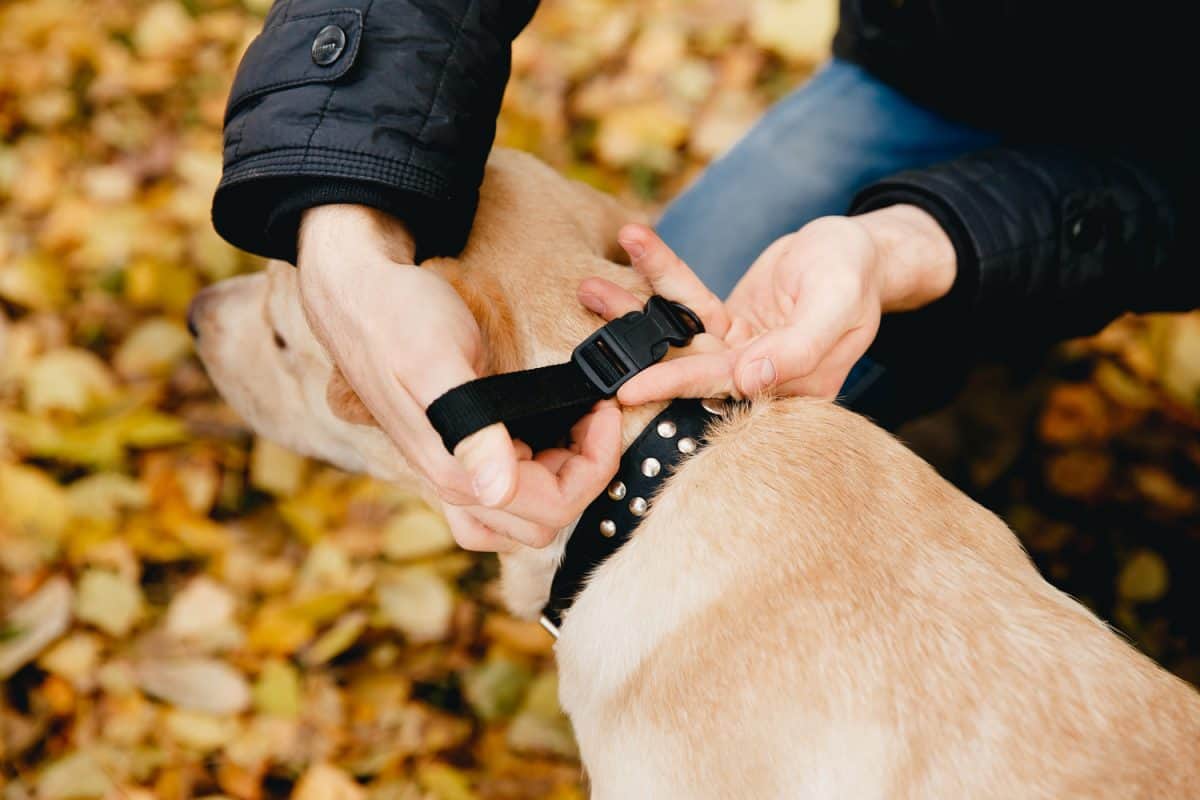
Check out this product on Amazon.
Keep Signal Within Range
An invisible fence works by setting it to keep your dog within a certain area like your backyard. However, the signal can get weaker towards the edge of the fence.
If the area under the system is too small, you may have to include a larger area, to ensure the signal is not out of range.
Train Your Dog
If you don’t train your dog, he will not understand the warning not to pass through the fence. Instead of reinforcing the shock measures in a bid to stop your dog from going beyond the limits, train your dog to understand not to pass through the invisible barrier.
You can start by fixing the flags onto the ground around the edge of the fence, and later remove them after your dog learns to stay within the limit set.
Is An Invisible Fence Worth It?
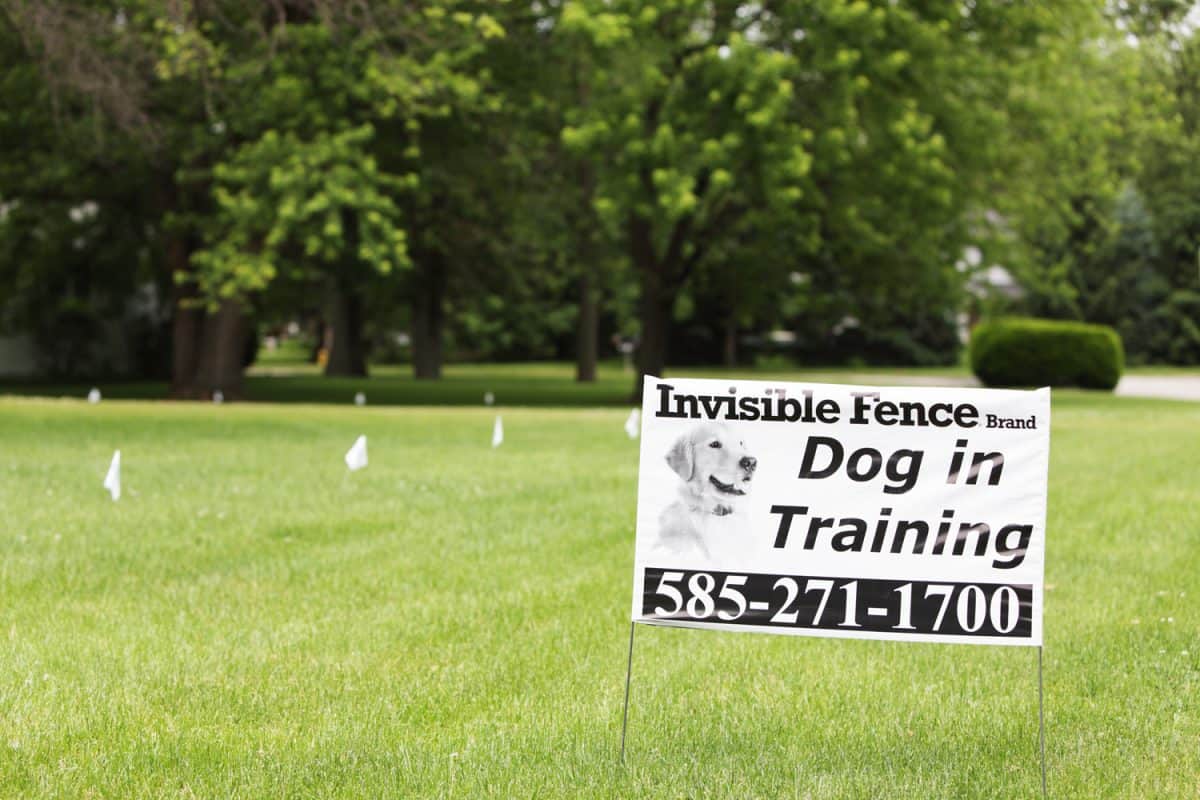
Due to varied reasons, you may prefer an invisible fence to a traditional or electric fence. But, what do you get from an invisible fence?
- Fairley Priced - Even with inexpensive traditional fences, you have to consider the cost of materials and labor to install one. An invisible fence would be far less expensive because you will not need materials to build your fence. Instead, you need a professional to come and set up the wireless system.
- Adaptability - You can install a traditional fence on both flat and sloppy ground. Invisible fences, on the other hand, can work in any terrain. They can work anywhere, like in hilly or woody areas, including on water. They can also cover an area in whichever pattern you desire or are applicable.
- Style - Invisible fences will not interfere with the beauty of your outdoors. You can still maintain the aesthetics of your home. And if the flags do not blend well with your environment, you have the option of removing them once your dog has mastered the boundaries of the invisible fence.
- Convenience - It is faster and more convenient to install an invisible fence than you would the more traditional or electric fence. You do not have to roll wire, nail boards, or weld iron.
- Reliability - It will be easier to contain your dog, especially as it's likely to dig under, climb over, or sometimes chew on a fence. With the signals in place, your dog does not have to do that.
- Counteracting Human Error - As humans, we can forget to close the gate. With an invisible fence, you do not have to worry that you have forgotten to close any gates.
- Protection - Intruders may not dare enter your property because they can see your dog.
Disadvantages Of An Invisible Fence

Just as there are benefits of an invisible fence, it has its drawbacks:
- Training - Unlike the traditional fences, a dog needs the training to identify the boundary of your invisible fence. Fence companies normally provide this training to the dogs.
- Lack of Protection - The invisible fence protects your dog from going to the road or the neighbor’s home. However, there is no barrier to stop other dogs and wild animals from straying into your compound.
- Frustrations - Your dog can be frustrated when it sees other dogs roaming freely around the neighborhood, and it cannot do the same. This is more prevalent in sociable or friendly dogs.
- Discomfort - Your dog may experience some discomfort when the collar gives out an alert by vibrating or beeping, which can startle the dog. This is unlike an electric fence that gives out a beep to warn the dog not to go near the fence, wading off a possible electric shock.
- Interruption of Power - If your dog’s collar has a dead battery or the power supply has been cut off, it is still possible your dog could escape. But, with training, your dog will remember not to cross the boundary even when the fence does not have power.
- Possibility of Escape - If your dog gets excited or frightened by something like thunder, it can ignore the stimulus from the collar and escape.
In Closing
An invisible fence can keep your dog within the yard of your home. It works well in snow, though there are some factors you should consider.
Your dog can pass through the fence, but there are ways to mitigate this problem. Before installing this type of fence, you may want to consider the pros and cons to make a viable decision.



![A modern middle class home with its backyard being enclosed for privacy by a new, modern style white vinyl fence. Green grass, and blue sky is in the background., Can Vinyl Fencing Withstand Wind? [Plus 7 Windproofing Tips!]](https://fencefixation.com/wp-content/uploads/2022/06/A-modern-middle-class-home-with-its-backyard-being-enclosed-for-privacy-by-a-new-modern-style-white-vinyl-fence.-Green-grass-and-blue-sky-is-in-the-background-600x400.jpg)
![A white vinyl fence running across a yard on spring day with blue sky and trees in the background, Can Vinyl Fence Touch The Ground? [Plus Tips On How To Close The Gap]](https://fencefixation.com/wp-content/uploads/2022/06/A-white-vinyl-fence-running-across-a-yard-on-spring-day-with-blue-sky-and-trees-in-the-background-600x400.jpg)
![A grass meadow and a small fence next to a small pond, How Long Does Split Rail Fence Last? [And How To Prolong Its Life]](https://fencefixation.com/wp-content/uploads/2022/06/A-grass-meadow-and-a-small-fence-next-to-a-small-pond-600x400.jpg)